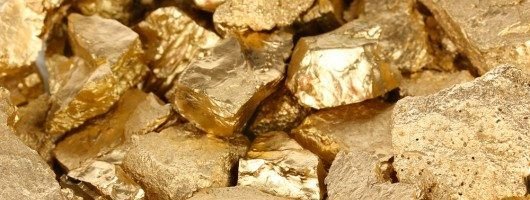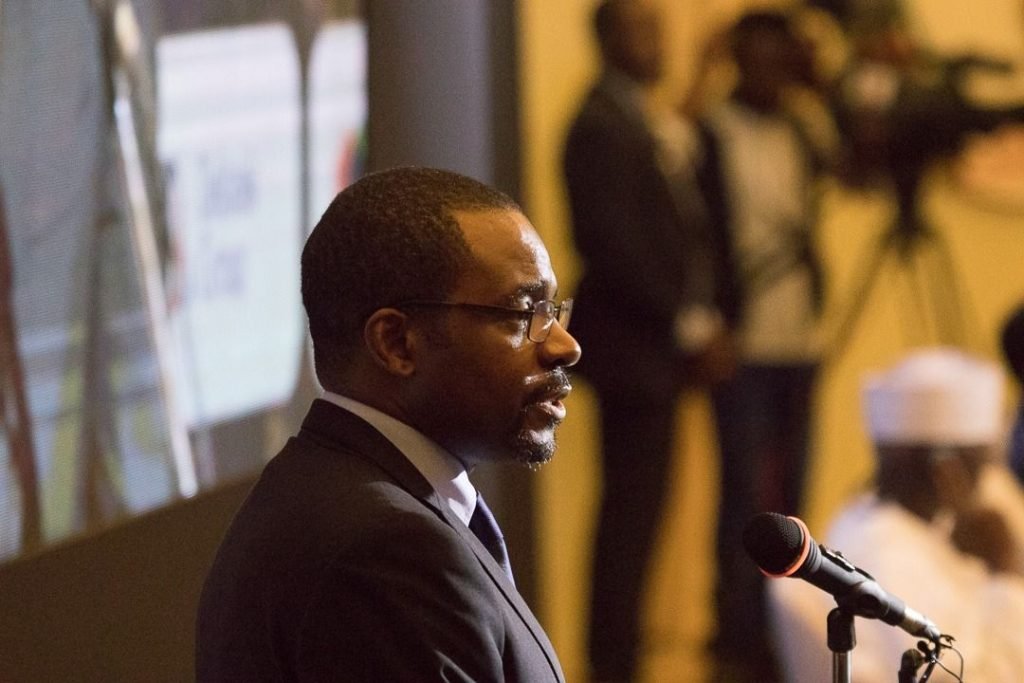A report by Mining-technology.com said In November 2019, Equatorial Guinea’s Ministry of Mines and Hydrocarbons announced the winning bids under the country’s EG Ronda 2019 licensing round for the study of prospective onshore mining area on the country’s mainland. To further drive the development of a domestic mining sector, the country adopted a new mining regulation in early May and proceeded to sign five exploration and prospecting contracts later that month
It looks like things are going well for Equatorial Guinea’s mining industry and in the light of this, we ask, What exactly is Equatorial Guinea’s mineral potential, how does it look like and is there anything that could stand in the way of growing fair and profitable mining industry in the Country?

Here is all you need to Know About Mineral Potential In Guinea And How it is Affecting Africa.
Equatorial Guinea’s mineral potential according to Mining-Technology.com
“According to the materials published by the Ministry of Mines and Hydrocarbons, Equatorial Guinea hosted gold and iron production in pre-colonial times, but there are no records of any commercial operations under Spanish rule, which ran from 1778 to the country’s independence in 1968.
Since the country won its independence, various surveys and analyses have identified significant potential, particularly in the country’s Rio Muni mainland region (the capital, Malabo, is located on the island of Bioko, 32km off the west coast of Africa). Initial systematic surveys were carried out by Soviet Union geologists starting in 1975 under the violent regime of the country’s first president, Francisco Macías Nguema, and after his overthrow, other organisations continued the work, including French firm BRGM and Spanish-Guinean joint venture GEMSA. These early investigations showed Rio Muni’s potential for mineral commodities including gold, bauxite and pegmatite minerals such as tin, tungsten and niobium-tantalum.
The ministry is promoting its promising indications of several commodities in particular. These include the potential for diamonds in the zinc-rich samples taken from the Nsork area in the south-eastern part of the country’s mainland territory, which the government says are similar to diamond-yielding deposits in Gabon, Equatorial Guinea’s southern neighbour. Niobium-rich columbo-tantalite soil anomalies have been identified in Aconibe and Ayamiken, two little-explored areas.
Consistent artisanal gold mining in the alluvial soil of Rio Muni’s rivers, along with the common occurrence of gold with vein-quartz, clays and lateritic materials, suggests the proximity of bedrock gold mineralisation in the main artisanal mining areas of Coro, Aconibe and Mongomo, the government has said. Records of artisanal gold production are scant, but the government states at least 2,300kg of gold was produced in Coro alone in the mid-1970s, while a country report by the US Geological Survey notes annual gold production of around 100-200kg in the early 2000s”
Progress of Mining In Equatorial Guinea
After a year or more of drumming up interest from mining investors around the world, the country announced that 15 mineral exploration blocks had been allocated to five companies.
“This demonstrates that Equatorial Guinea can attract significant interest from investors in the petroleum community as well as the mining industry,” said Minister of Mines and Hydrocarbons H.E Gabriel Obiang, son of President Teodoro Obiang Nguema Mbasogo, who has been in power since 1979. “Hopefully, next year we will attract even more investments in our country.”

With mining licenses allocated and contract negotiations now ongoing under the framework of the country’s Mining Law 2006, it has been a positive start to 2020 for Equatorial Guinea, which has described this year as the country’s ‘year of investment’.
“[2020] will be entirely dedicated to securing funding for investment-ready industrial projects,” said Obiang in November, as reported by World Oil. “There is already huge excitement for these opportunities. Equatorial Guinea is ready to make deals and make 2020 a historic year of investment.”
Read Also : Equatorial Guinea Signs First 5 Mining Contracts
With all these goodies coming to Equatorial Guinea if there are brands to collaborate with and give you authentic mining services., it’s Africa MaxMining. Over time we have seen all the good side and the bad side of the Mining industry and we are in a better position to help you
References
Chris Lo: Mining Technology.ocm ( April 21, 2020)
Mining Review.com- (May 19, 2020)
Equatorialoil.com – Republic Of Guinea; Ministry of Mines, Industry and Energy


